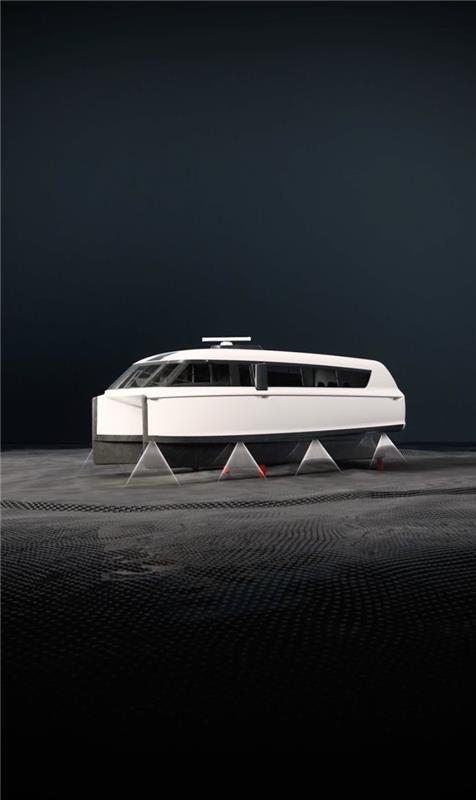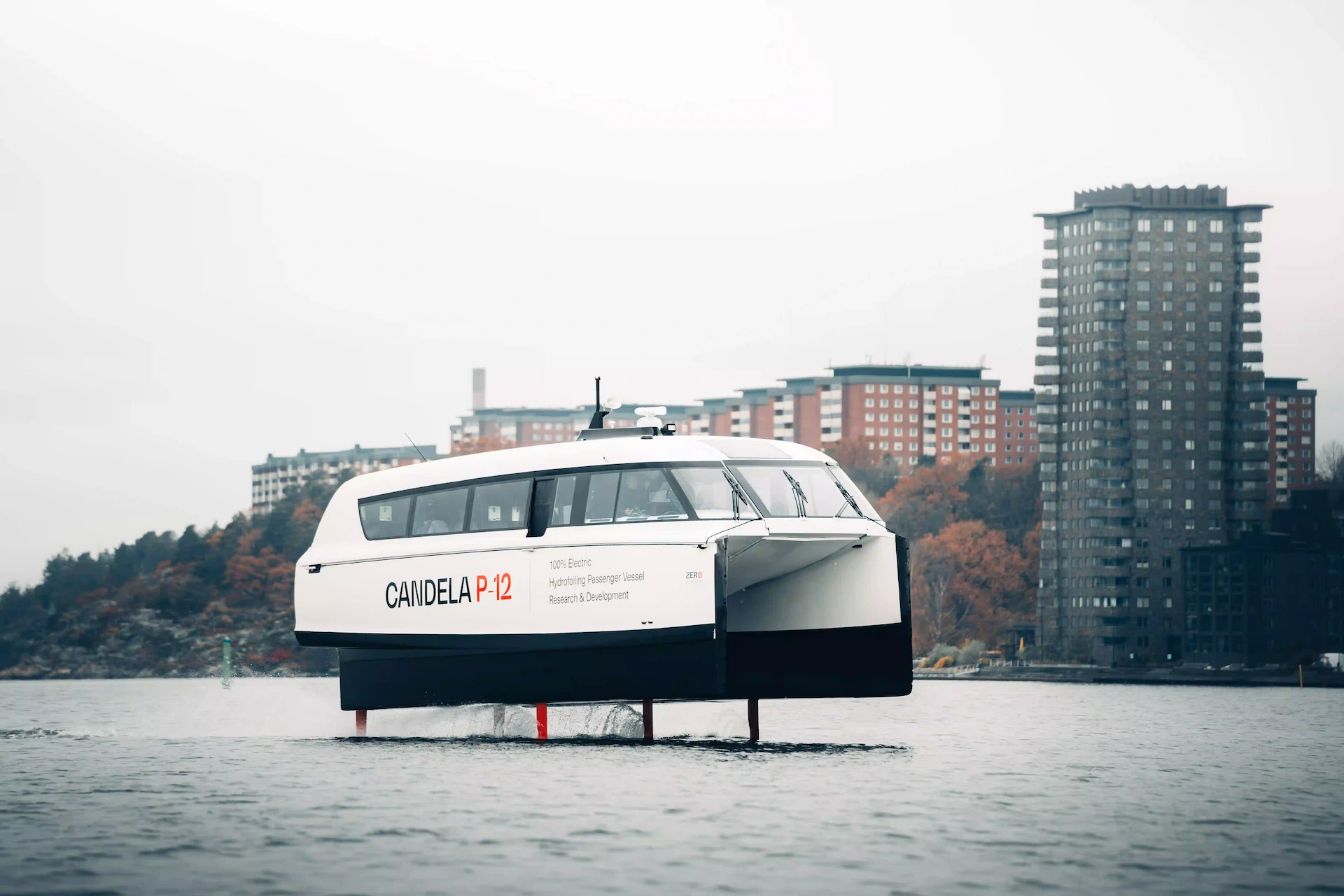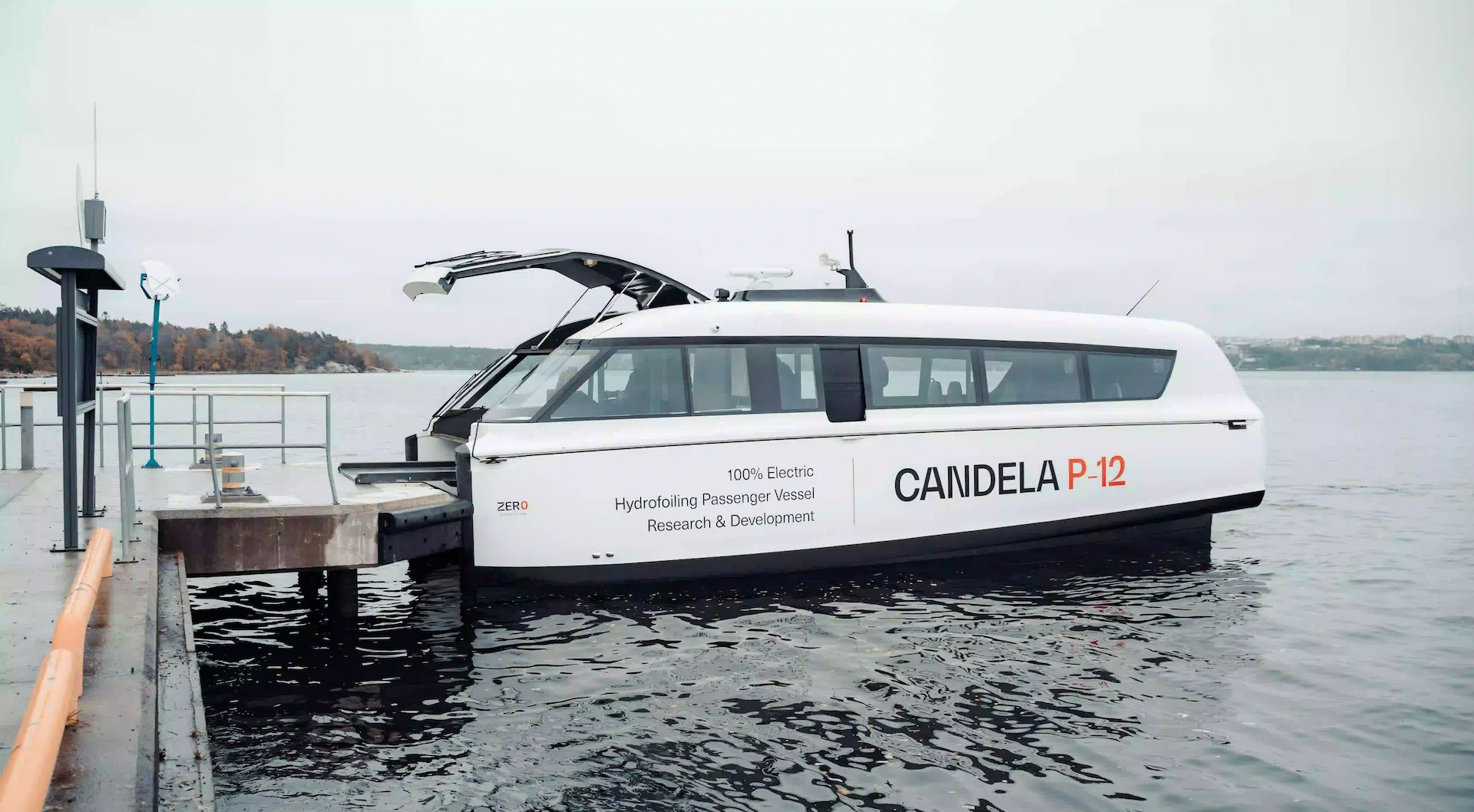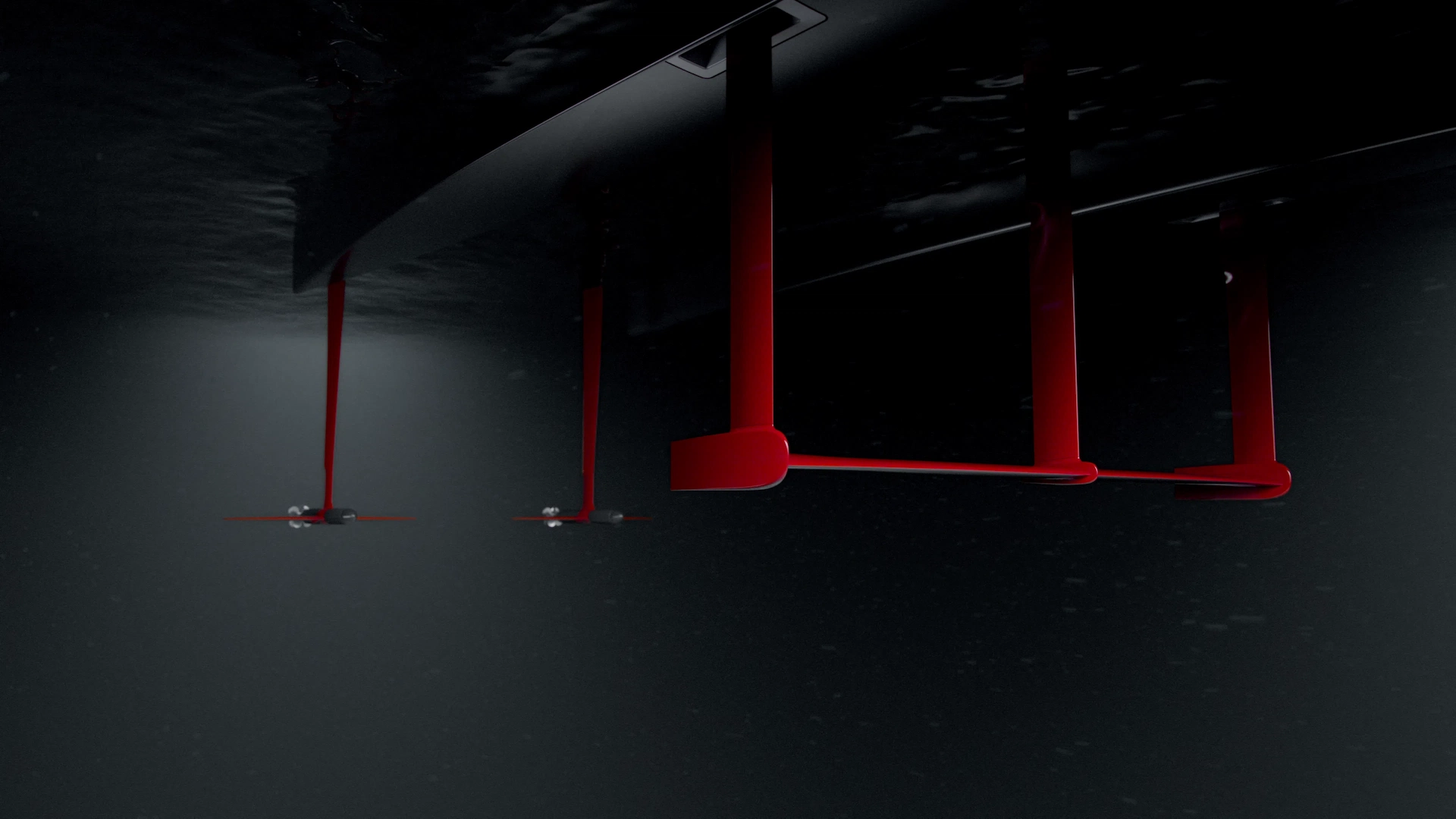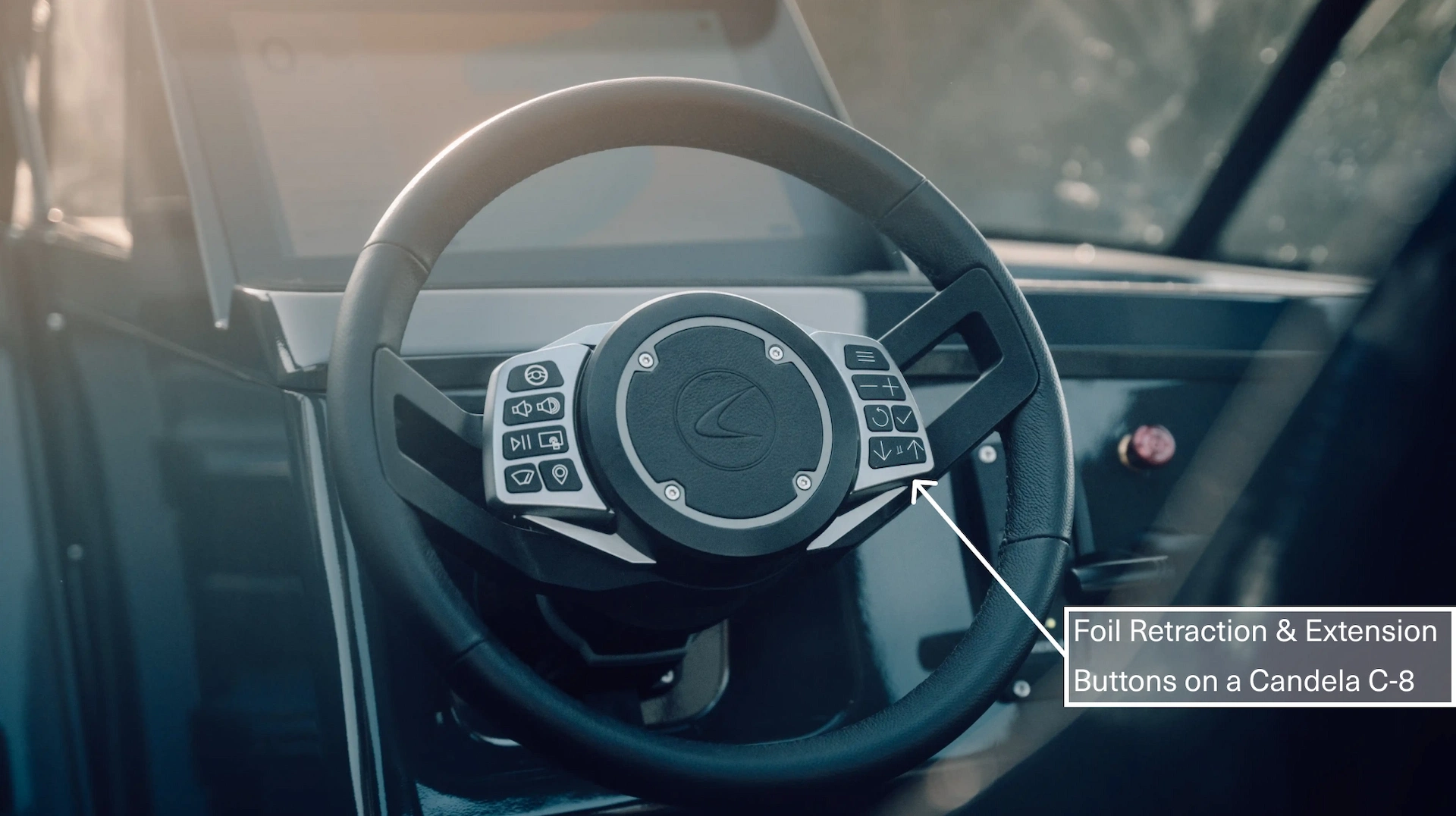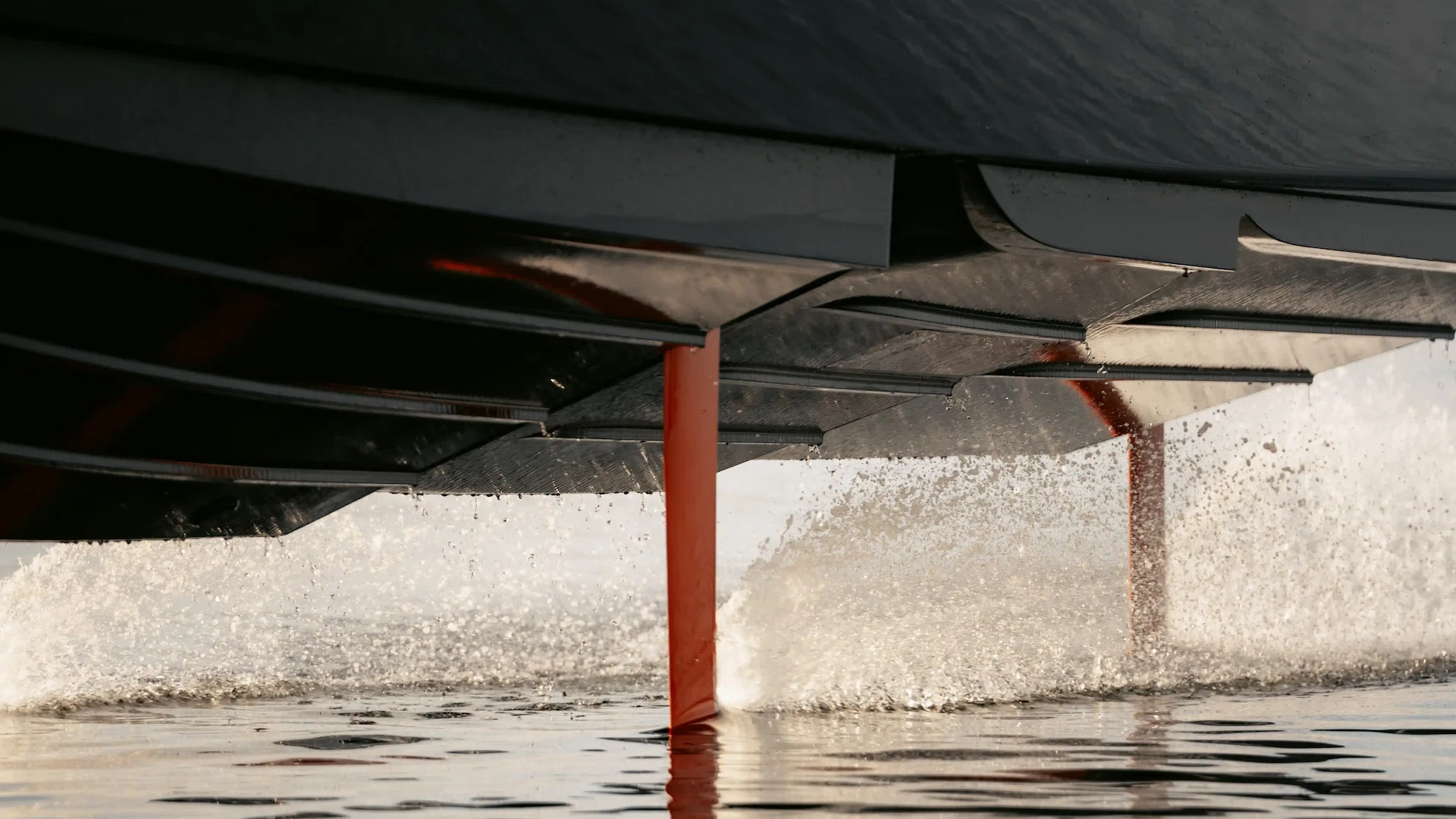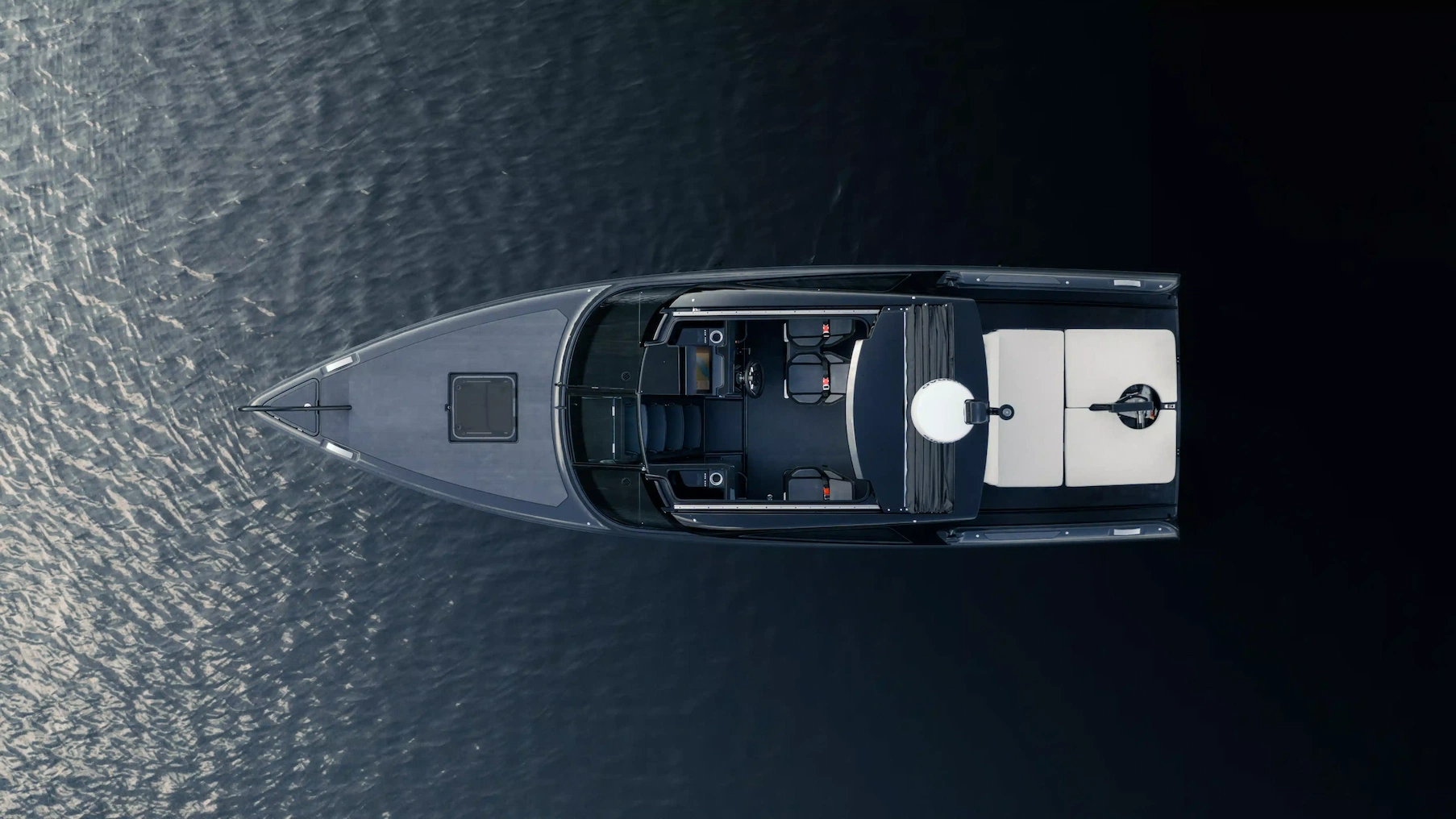How do hydrofoil craft handle collisions with floating debris like logs?
Several safety features are incorporated into the design of these boats to handle collisions. For example, Candela vessels have robust struts made of solid carbon fiber that can withstand impacts from objects such as wooden pallets and branches. Additionally, the foil struts are positioned to deflect debris away from the submerged foils.
What passive safety features do Candela vessels offer?
Candela vessels offer the following passive safety features:
- Retractable foils, which enable them to navigate shallow waters
- Shear-off points on the foil system to prevent hull damage in case of major impacts
- Motors that swing back and upwards to avoid damage
What active safety systems are implemented in Candela vessels?
Candela is exploring advanced collision-avoidance systems, employing sensors and neural networks to detect objects and persons. Moreover, this system enhances situational awareness by analyzing various materials and providing real-time alerts to the captain.
Can a foil boat operate in shallow waters?
Yes, foil boats such as the Candela C-8, with their retractable foils, can navigate in shallow waters. The C-8 can access depths as meager as 60 cm, and the P-12, less than 1 meter draft.
How do hydrofoil boats ensure safety in the event of a collision with a large underwater obstacle?
In the unlikely occurrence of a collision with a large underwater obstacle, the foils and struts break off at designated shear-off points, thereby safeguarding the hull from damage. Additionally, the motors are designed to swing back and upwards to avoid significant damage.
How does a hydrofoil boat maintain stability after a collision with debris?
A hydrofoil boat maintains stability after a collision with debris by using robust struts, retractable foils, and shear-off points. These features absorb and deflect the impact, thereby preventing major damage to the vessel and keeping it afloat.
What’s the difference between passive and active safety in hydrofoil boats?
Passive safety focuses on built-in structural defenses against collisions, while active safety involves technological systems like sensors and AI to detect and avoid obstacles in real-time. Active safety relies on technology, while passive safety is based on the boat’s structural design.
Can hydrofoil vessels safely operate at night or in poor visibility conditions?
Yes, they can safely operate at night or in poor visibility conditions, just like any boat. With advanced collision-avoidance systems that enhance the captain’s situational awareness, risks are further mitigated.
How do retractable foils contribute to the safety of hydrofoil boats?
Retractable foils improve their safety by minimizing the risk of collisions in shallow waters and near the shore, and by allowing the boat to avoid debris and rocks.
What happens if a hydrofoil boat encounters a large obstacle, like a submerged rock?
In such events, the boat’s shear-off points allow parts of the foil system to break away. This protects the hull and potentially prevents the boat from sinking. Motors designed to swing back and upwards help avoid further damage.
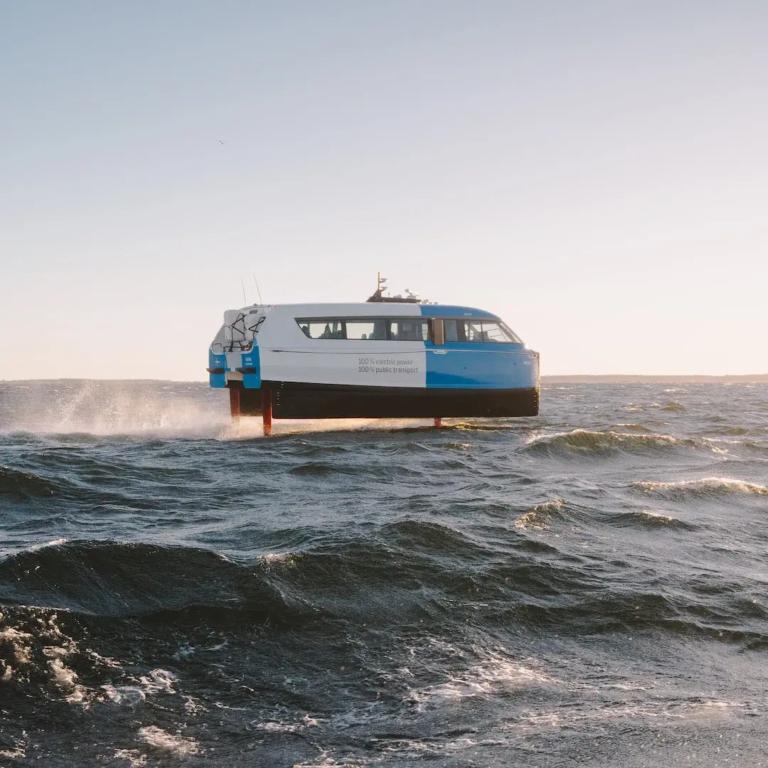 Overview
Overview  P-12 Shuttle
P-12 Shuttle  P-12 Voyager
P-12 Voyager  P-12 Business
P-12 Business 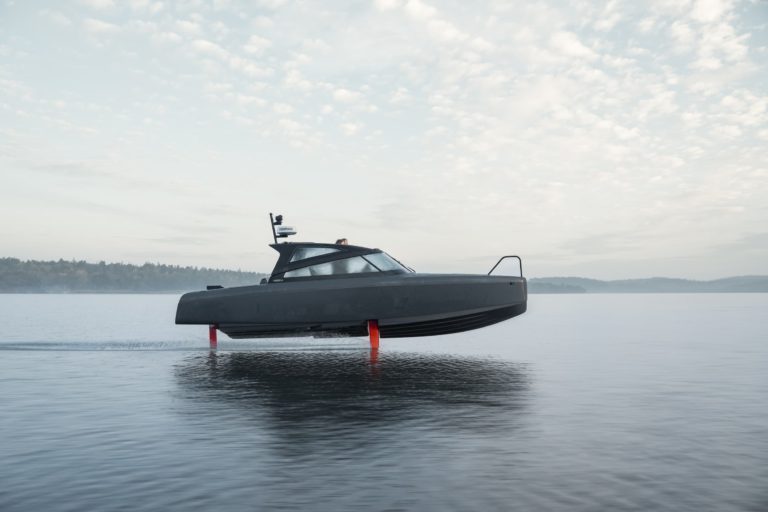
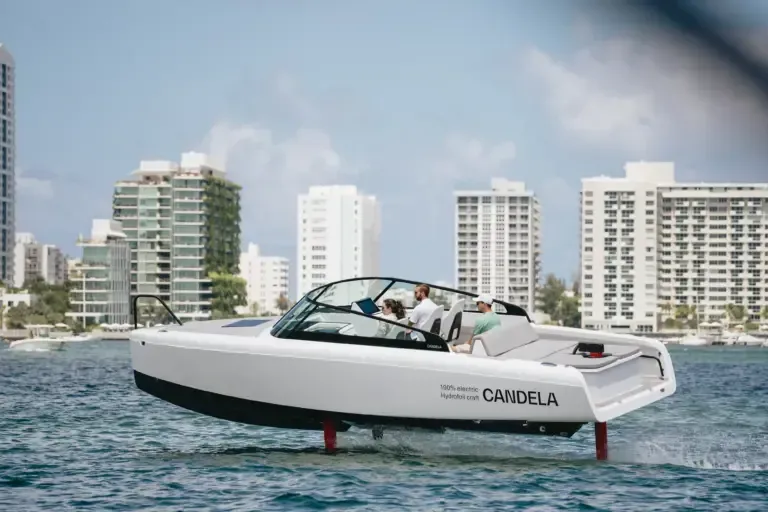 C-8
C-8 
